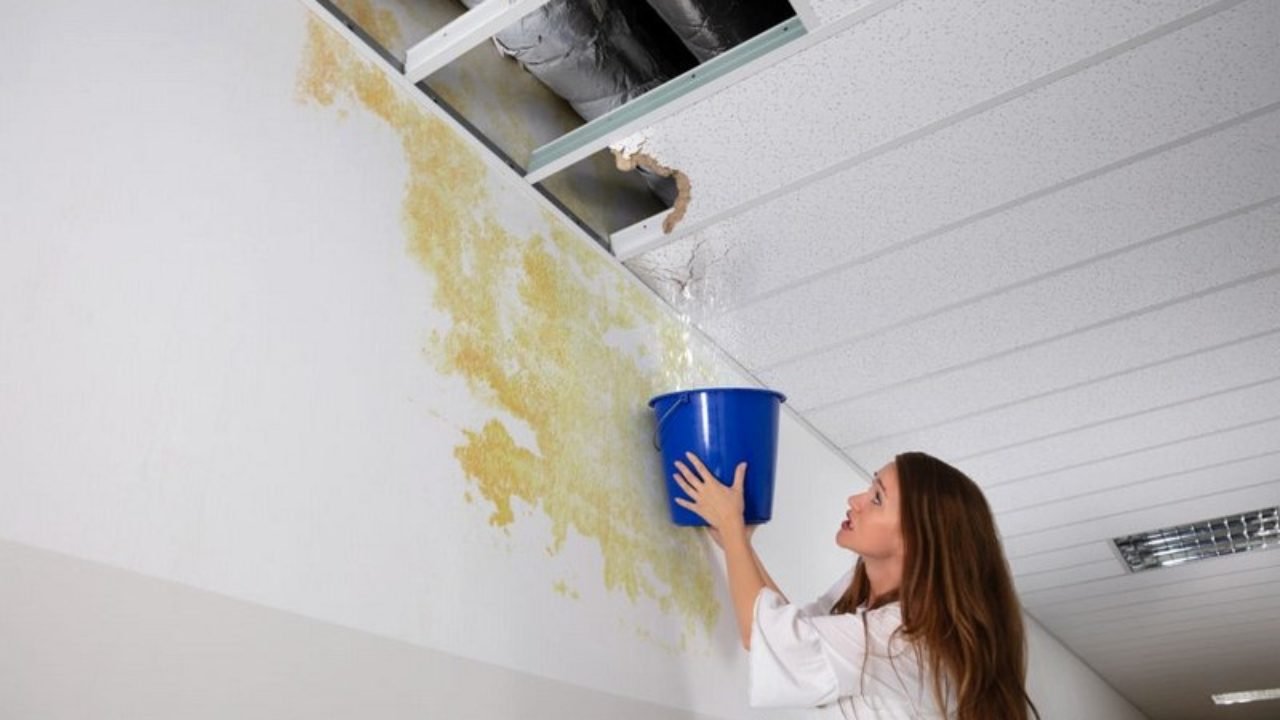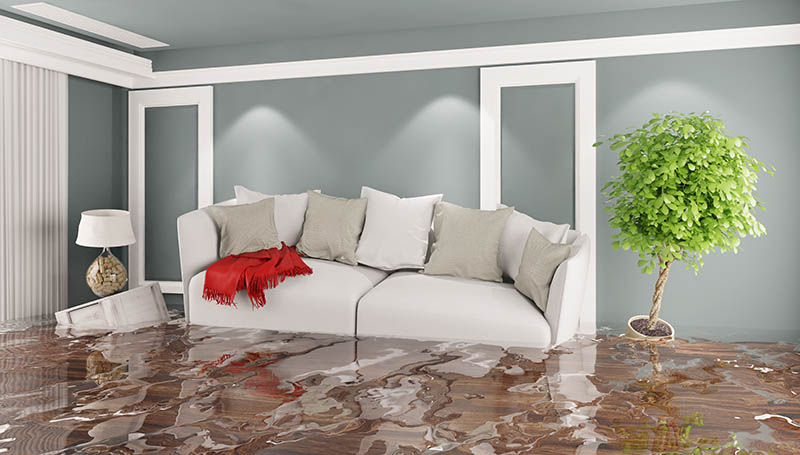Learn About Main Factors Contributing To Water Leak Issues Within Your House
Learn About Main Factors Contributing To Water Leak Issues Within Your House
Blog Article
Everybody is bound to have their own individual assumption on the subject of Top Causes of Home Water Leaks.

Leakages not just create waste of water but can also cause unnecessary damages to your home and advertise undesirable natural growth. Water leakages might go undetected since most of the pipework in our residence is hidden. By looking and recognizing for day-to-day scenarios that create leaks, you can shield your house from future leaks and also unneeded damage. Today, we will certainly take a look at 6 leakage creates that may be triggering your pipelines to drip.
Immediate temperature level modifications.
Severe temperature level adjustments in our pipelines can cause them to expand and also contract suddenly. This expansion as well as tightening may cause fractures in the pipelines, especially if the temperature level are below cold.
Rusty water systems
As time goes by, your plumbing system ages and rust such as corrosion might start gnawing the pipelines. This might be the source of staining or bending on your water pipes. This requires an inspection with your plumber promptly. If our plumbing system is old, consider replacing the pipes because they are at a higher danger of rust than the newer models.
Defective Pipeline Joints
The factor at which your pipelines attach is frequently the weakest link in the waterline. Pipeline joints can degrade over time, leading to water leakages. The bulk of pipe joints are not quickly noticeable. If you have loud pipes that make ticking or banging noises, particularly when the warm water is activated, your pipeline joints are probably under a lot of pressure. It is suggested to have your plumber evaluate your system annually.
Intruding roots
A lot of water leaks begin outside the residence rather than inside it. You could notice wet spots or sinkholes in your yard, as well as that could mean that tree roots are getting into water lines creating water to permeate out.
Poor Water Connectors
At times, a leak can be created by loose hose pipes and also pipes that supply your home appliances. In instance of a water connections leakage, you may discover water running straight from the supply line or pools around your home appliances.
Clogged Drains
Obstructed drains may be aggravating and inconveniencing, however they can sometimes end up triggering an overflow leading to rupture pipelines. Maintain removing any materials that may decrease your drains pipes that could obstruct them to stay clear of such inconveniences.
All the above are root causes of leaks yet not all water leakages arise from plumbing leakages; some leakages may originate from roof covering leakages. All leakages need to be fixed right away to avoid water damages.
Leaks not just create waste of water but can also cause unneeded damage to your home and also advertise undesirable organic growth. By looking as well as recognizing for day-to-day circumstances that create leaks, you can secure your home from future leaks and also unnecessary damages. Today, we will certainly look at six leakage causes that might be causing your pipelines to drip.
At times, a leakage can be triggered by loosened hoses as well as pipes that provide your appliances. In case of a water links leak, you might see water running straight from the supply line or pools around your devices.
How To Check For Water Leak In Your Home
How To Check for Leaks
The average household's leaks can account for nearly 10,000 gallons of water wasted every year and ten percent of homes have leaks that waste 90 gallons or more per day. Common types of leaks found in the home are worn toilet flappers, dripping faucets, and other leaking valves. These types of leaks are often easy to fix, requiring only a few tools and hardware that can pay for themselves in water savings. Fixing easily corrected household water leaks can save homeowners about 10 percent on their water bills.
To check for leaks in your home, you first need to determine whether you're wasting water and then identify the source of the leak. Here are some tips for finding leaks:
Take a look at your water usage during a colder month, such as January or February. If a family of four exceeds 12,000 gallons per month, there are serious leaks.
Check your water meter before and after a two-hour period when no water is being used. If the meter changes at all, you probably have a leak.
Identify toilet leaks by placing a drop of food coloring in the toilet tank. If any color shows up in the bowl after 10 minutes, you have a leak. (Be sure to flush immediately after the experiment to avoid staining the tank.)
Examine faucet gaskets and pipe fittings for any water on the outside of the pipe to check for surface leaks.
Undetected water leaks can happen without the home or business owner even realizing. If you suspect a water leak, but not able to find the source. It is time to contact a professional water leak detection service, The Leak Doctor.
How To Find a Water Leak In Your Home
https://www.leakdoctor.com/blog/How-To-Check-For-Water-Leak-In-Your-Home_AE197.html

I'm certainly very fascinated with How to Find Water Leaks and I'm hoping you appreciated the entry. Make sure you take the opportunity to distribute this blog if you appreciated it. I value reading our article about Common Water Leaks In House.
No more leaks! Report this page